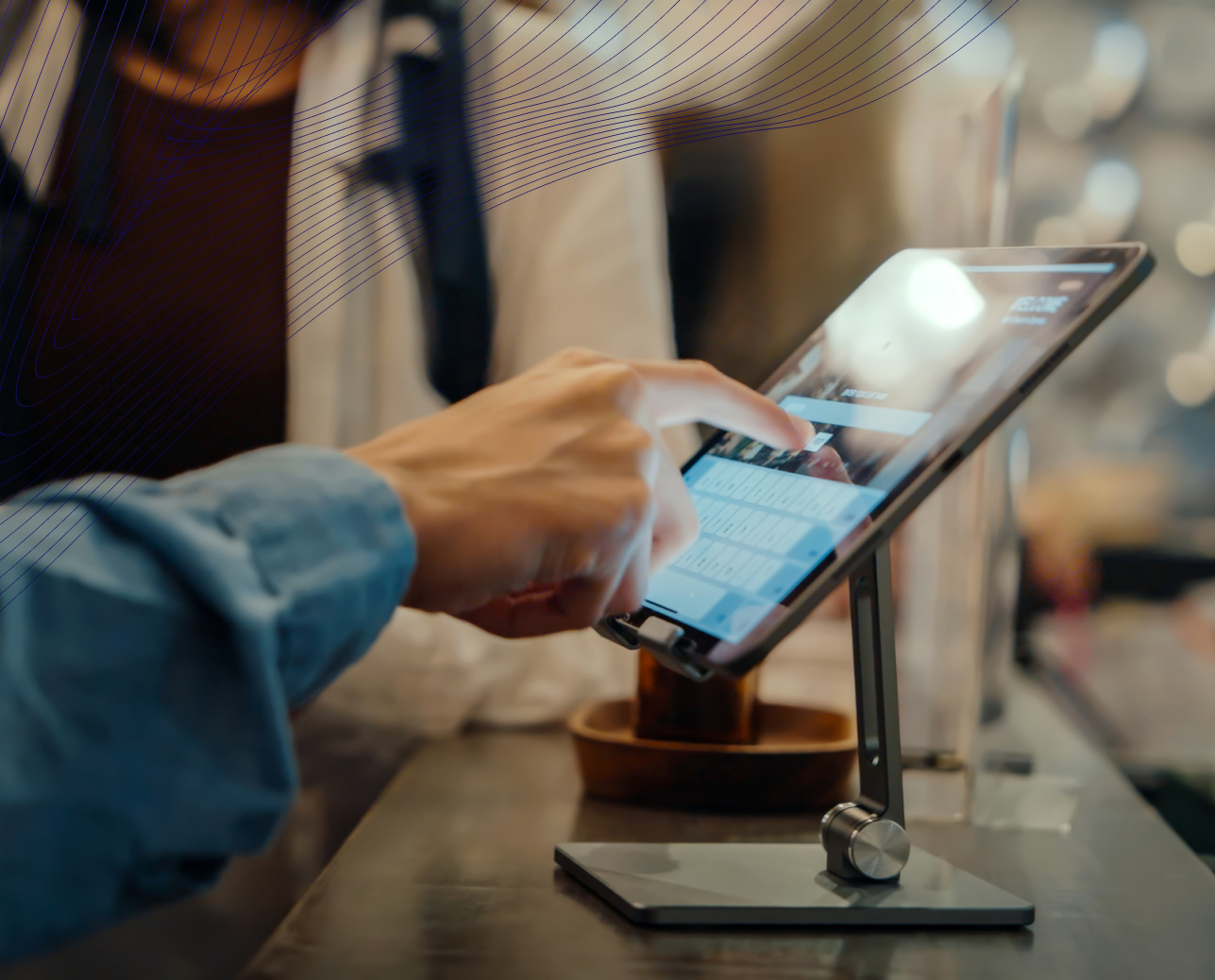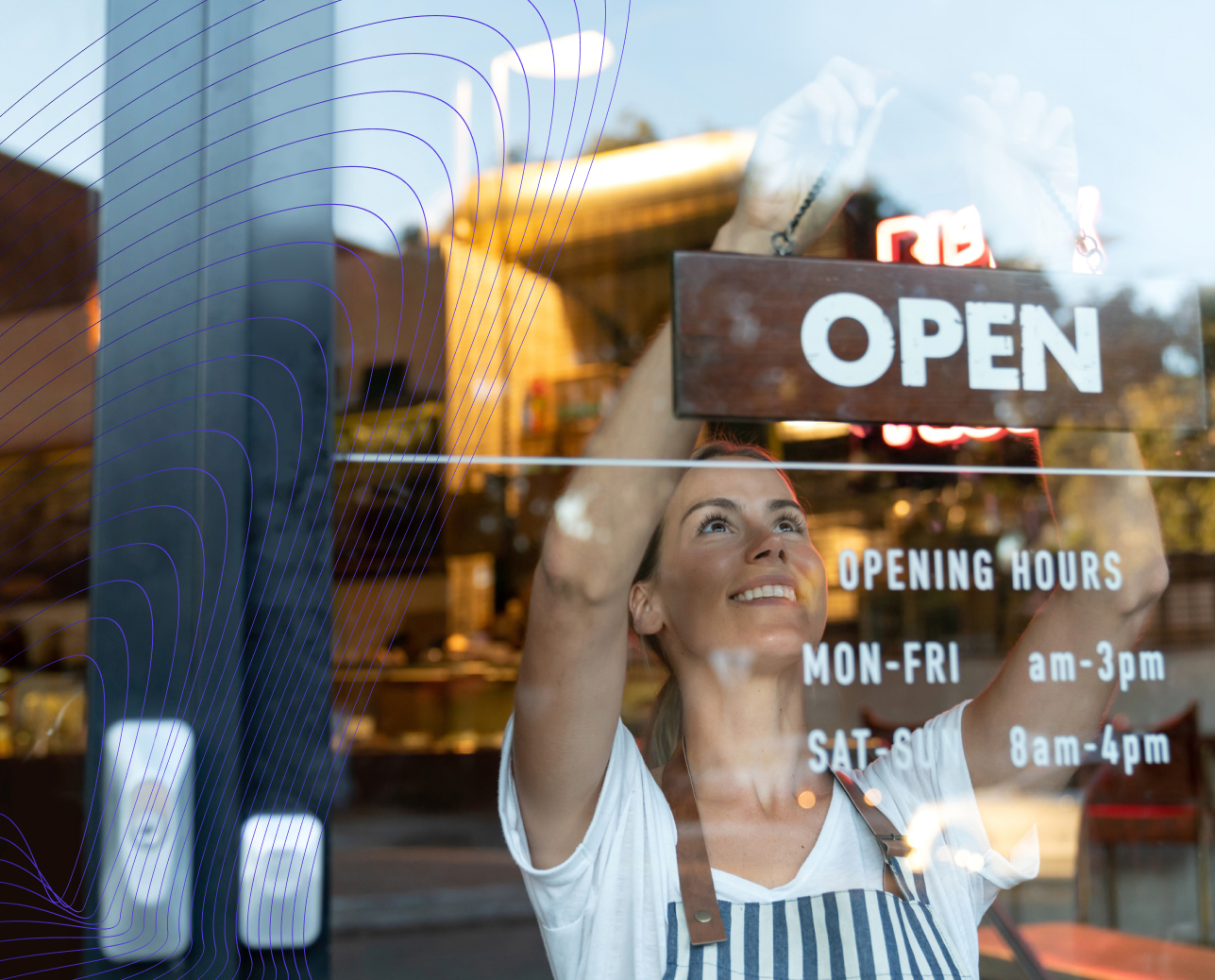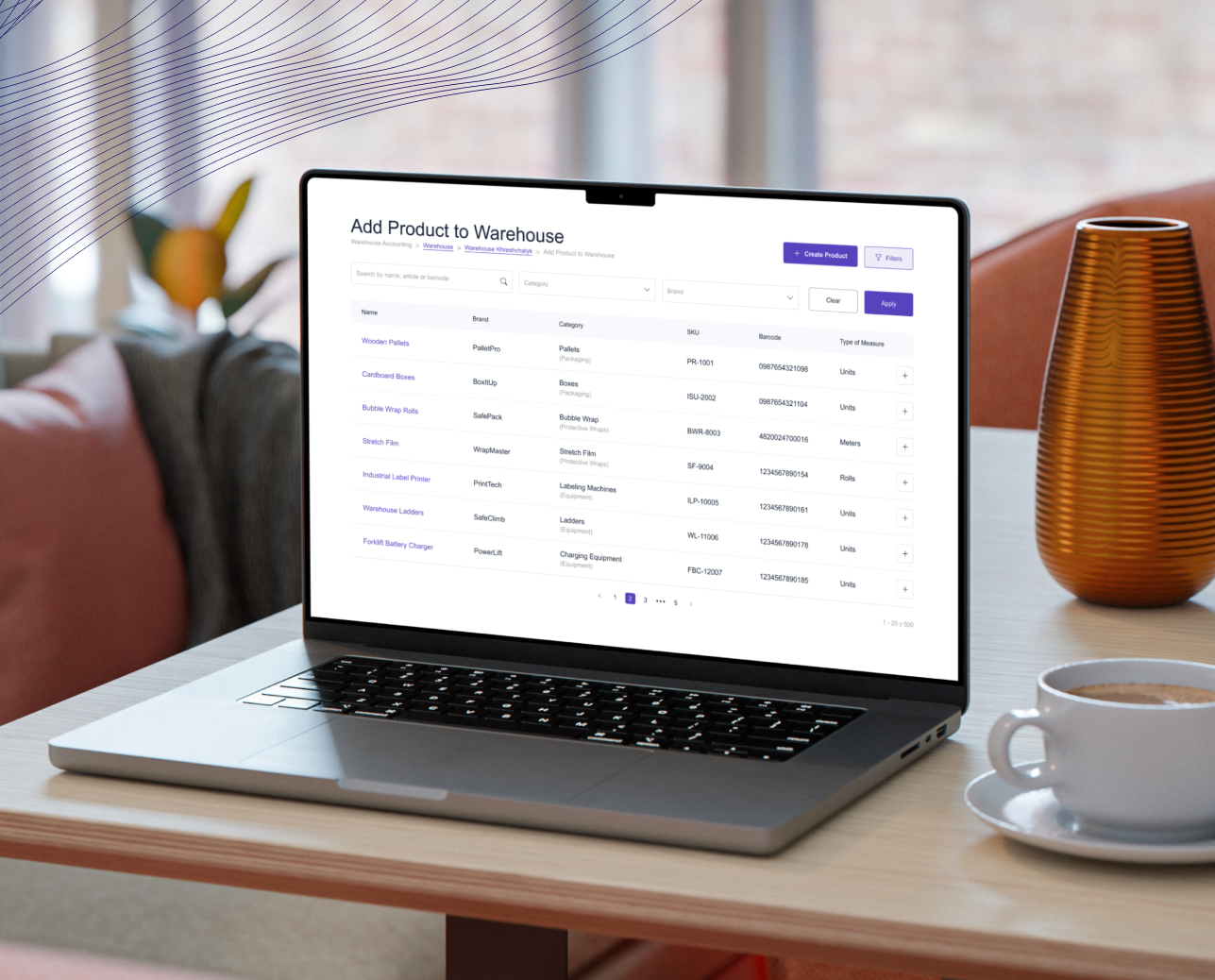Essential Retail KPIs: Measuring Success and Growth
Running a retail business is a balancing act. You have to manage products, customers, employees, and the store itself, all while trying to turn a profit. However, simply operating the store is not enough to guarantee success – you need to measure your performance to identify areas of improvement. Retail KPIs (Key Performance Indicators) offer crucial insights into the health of your business. They provide measurable data that can guide decision-making, optimize operations, and ultimately drive profitability. This article dives deep into the most critical KPIs in retail and how using ME-POS, can streamline KPI tracking, particularly for inventory management.

Understanding and leveraging KPIs not only helps you evaluate how well your business is doing but also sets the foundation for future growth. From sales trends to customer retention, the insights gained from tracking the right KPIs can differentiate a thriving retail operation from one that’s struggling.
What Are KPIs in Retail?
KPIs, or Key Performance Indicators, are measurable values used by businesses to gauge how well they’re achieving key business objectives. In retail, KPIs track everything from financial performance to customer satisfaction and operational efficiency. These metrics allow you to measure success against your goals and identify where improvements are needed. Without KPIs, businesses risk stagnating or, worse, unknowingly heading in the wrong direction.
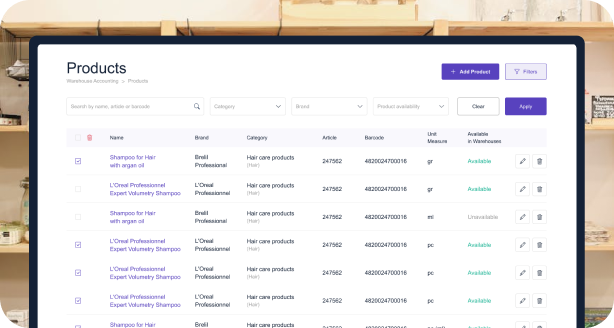
Define KPI in Retail
In the retail context, KPIs can encompass a wide range of metrics depending on the goals of the business. For example, if your goal is to increase sales, your KPIs might include metrics like conversion rate and average transaction value. If you're focused on inventory management, your KPIs could be stock turnover or days sales of inventory (DSI). By setting specific KPIs tailored to your business objectives, you gain clearer insight into areas where your business can improve.
KPIs in retail differ from other industries because they are customer-facing and deal directly with physical and digital storefronts. Metrics like foot traffic, conversion rates, and even shopping cart abandonment rates in online stores are all specific KPIs that help retail businesses measure success.
Importance of KPIs in Retail
KPIs are not just numbers on a spreadsheet – they're a compass that guides your business decisions. They show you whether your strategies are working or if they need adjustment. For instance, if your conversion rate is below industry standards, that might indicate a disconnect between customer needs and your store's offerings. Armed with this information, you can take steps to improve the shopping experience, optimize your product range, or adjust pricing.
-
Understand customer behavior: KPIs like foot traffic and conversion rates allow you to get a sense of customer habits and patterns, enabling you to make data-driven decisions about product placement or promotions.
-
Optimize inventory management: Monitoring inventory turnover, stock-to-sales ratio, and days sales of inventory helps ensure you have the right amount of stock at the right time.
-
Boost sales and profitability: By tracking average transaction value and sales per square foot, you can fine-tune your sales strategies and store layout to improve profitability.
By regularly monitoring these metrics, you can keep a close eye on both the health of your business and the satisfaction of your customers, ensuring long-term success.

Types of KPIs in Retail
Different types of retail KPIs offer insights into various aspects of your business, from sales performance to customer retention. Understanding which KPIs to focus on is crucial for addressing specific pain points and opportunities.

KPI for Retail Sales
Sales KPIs are some of the most fundamental metrics you can track as a retailer. These KPIs help you understand how your store is performing financially and can reveal trends in consumer behavior. When you track these metrics regularly, it becomes easier to identify growth opportunities and areas that need improvement.
-
Sales Growth: This metric tracks the rate at which your sales are increasing or decreasing over time. It's a clear indicator of overall business performance. Consistent sales growth signals a healthy business, while stagnating or declining sales could mean it’s time to reconsider your product offerings or marketing strategies.
-
Average Transaction Value (ATV): ATV measures how much customers spend, on average, per transaction. An increase in ATV could be a sign that upselling and cross-selling efforts are working, while a decrease may suggest customers are purchasing lower-priced items or fewer items per transaction.
-
Units Per Transaction (UPT): This KPI indicates the average number of items customers buy during a single transaction. It's a useful metric for measuring the effectiveness of your product bundling and promotional strategies.
-
Conversion Rate: Your conversion rate measures the percentage of people who make a purchase after visiting your store (physical or online). A low conversion rate might signal a problem with your store layout, product selection, or even your sales team’s ability to close the deal.
These KPIs, when tracked consistently, provide a clear picture of your store's sales performance. If any of these metrics begin to decline, it may be time to reassess your sales tactics or marketing efforts to ensure long-term growth.
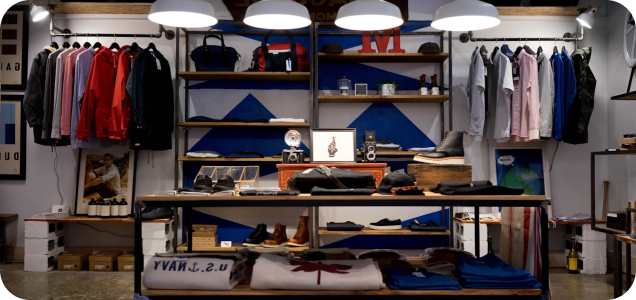
KPI for Retail Store Performance
Beyond just measuring sales, it’s important to gauge how your physical store is performing overall. KPIs for retail stores help you assess whether your store layout, staffing, and product placements are maximizing revenue.
-
Foot Traffic: Foot traffic measures how many people visit your store within a given timeframe. While high foot traffic is a good sign, it’s important to combine this metric with conversion rate data. A lot of traffic without corresponding sales might suggest you’re attracting the wrong audience, or your in-store experience isn’t compelling enough to close the deal.
-
Customer Retention Rate: This KPI is all about repeat business. How many of your customers are returning after their first purchase? A high retention rate indicates customer loyalty, which is critical for long-term success. Loyal customers not only bring in consistent revenue but often become brand advocates, spreading positive word-of-mouth and increasing your customer base.
-
Sales per Square Foot: Sales per square foot is a measure of how efficiently your store is generating revenue relative to its size. It’s an important metric for optimizing your store layout and ensuring you’re using your retail space effectively.
By focusing on these metrics, retailers can optimize in-store operations to ensure they’re making the most of their physical space and staff. Poor performance in these KPIs can highlight the need for better customer service, improved store layout, or revised promotional strategies.

KPI for Online Retail
For e-commerce businesses, traditional retail KPIs must be adjusted to fit the unique needs of an online store. Online retail offers a vast array of data, and focusing on the right KPIs is key to optimizing your digital presence.
-
Cart Abandonment Rate: This metric tracks the percentage of customers who add items to their shopping cart but leave the website without completing a purchase. A high cart abandonment rate could signal friction in the checkout process, like unexpected shipping costs or lack of payment options.
-
Customer Lifetime Value (CLV): CLV estimates the total amount of revenue you can expect from a single customer over their entire relationship with your business. A high CLV indicates strong customer loyalty and suggests that your marketing efforts to retain customers are paying off.
-
Website Conversion Rate: Similar to a brick-and-mortar store, the website conversion rate measures the percentage of visitors who complete a purchase after browsing your online store. A low conversion rate might indicate issues with website usability, product pages, or trust factors like payment security.
Tracking these KPIs allows online retailers to streamline their operations, improve user experience, and drive higher sales. With e-commerce becoming increasingly competitive, closely monitoring these metrics is essential for staying ahead.

KPI for Luxury Retail
Luxury retail focuses heavily on creating a premium experience, and the KPIs used in this sector reflect that priority. Metrics in luxury retail are not just about making a sale – they’re about maintaining long-term relationships with high-value clients.
-
Customer Satisfaction Scores: Luxury customers expect a high level of service, and satisfaction scores are one of the best ways to gauge how well your store is meeting those expectations. These scores can be collected through post-purchase surveys or in-store feedback and offer valuable insights into your overall service quality.
-
Average Transaction Value per Client: In luxury retail, where customers often make high-value purchases, it’s crucial to track the average amount spent per transaction. This metric helps you understand whether your customers are engaging with your most premium offerings.
-
Clienteling Effectiveness: This KPI measures how effective your staff is at building relationships with clients. Clienteling is a personalized service offered by sales associates to maintain and grow relationships with high-end customers. Metrics like repeat visits or referrals from existing customers help gauge the effectiveness of this approach.
Monitoring these KPIs allows luxury retailers to offer a superior shopping experience, ensuring that high-end clients return and make more purchases over time.

KPI for Fashion Retail
Fashion retail comes with its own set of challenges, including inventory management and seasonal fluctuations. Tracking the right KPIs can help retailers respond to these challenges effectively.
-
Sell-Through Rate: This KPI measures the percentage of inventory sold within a specific timeframe. A high sell-through rate indicates that you’re managing inventory efficiently, while a low rate might signal overstocking or poor demand forecasting.
-
Markdown Percentage: Monitoring markdowns is essential to maintain profitability, especially in fashion retail, where trends can change quickly. A high markdown percentage could mean that you’re struggling to move older inventory, whereas a lower percentage indicates better alignment between supply and demand.
-
Inventory Turnover: Inventory turnover measures how often your stock is sold and replaced during a given period. A higher turnover rate suggests that you’re moving inventory quickly, which is important for staying current with fashion trends.
Fashion retailers who track these KPIs can stay ahead of trends, manage inventory more effectively, and ensure profitability, even in fast-paced environments.
Retail KPI Analysis and Reports
Tracking KPIs is only half the battle. To gain real value from this data, you need to analyze it and generate reports that can drive decision-making.

KPI Formulas in Retail
To fully understand your KPIs, it's essential to know the formulas used to calculate them. Below are some key formulas:
-
Gross Margin: (Sales - Cost of Goods Sold) ÷ Sales
-
Inventory Turnover: Cost of Goods Sold ÷ Average Inventory
-
Customer Retention Rate: (Number of Repeat Customers ÷ Total Number of Customers) × 100
These formulas are the backbone of KPI calculations and offer clear, actionable insights when applied to real-world data. Correctly calculating these KPIs helps you understand where your business stands, allowing you to make data-driven decisions.
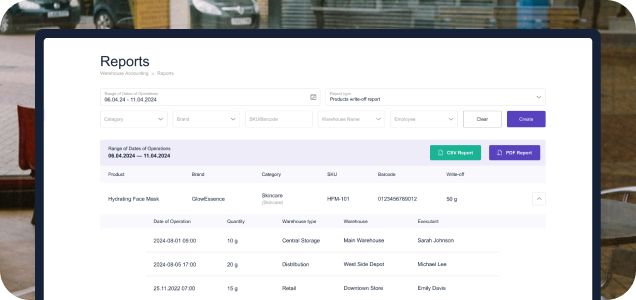
How to Generate Retail KPI Reports
Generating retail KPI reports is vital for monitoring trends and identifying areas for improvement. A good report should present data in a clear, easy-to-understand format, with actionable insights.
-
Automate reports through your POS system: Many modern POS systems can automatically generate reports based on real-time data, making it easier to track KPIs consistently.
-
Focus on key metrics: Customize your reports to highlight the KPIs that are most relevant to your business goals. For instance, if you're focusing on inventory management, make sure your reports emphasize metrics like inventory turnover and sell-through rate.
-
Look for trends: Analyze your KPI reports for both short-term and long-term trends. Short-term trends might indicate immediate issues like an underperforming promotion, while long-term trends can help you understand broader patterns such as seasonal fluctuations in customer behavior.
Generating KPI reports is essential for translating raw data into actionable insights. By automating reports and tailoring them to your business’s specific needs, you can quickly spot opportunities for improvement and growth.
Retail KPI Example
Let’s consider a retailer that increased its profit margins by focusing on KPIs such as average transaction value and inventory turnover. By closely monitoring these KPIs, the retailer was able to adjust pricing strategies and optimize stock levels, resulting in a 15% increase in overall profitability over six months.
This example illustrates how tracking and acting on the right KPIs can lead to tangible improvements in a retail business's performance.

How to Achieve KPIs in Retail
Tracking KPIs is one thing, but achieving your targets requires strategy and execution.

Retail KPI List
A useful checklist for retailers looking to cover all bases includes:
-
Sales Growth
-
Conversion Rate
-
Average Transaction Value
-
Customer Retention Rate
-
Foot Traffic
-
Inventory Turnover
This list ensures that you’re covering the key areas of your business. Tracking these KPIs will give you a well-rounded view of your retail performance.

How to Achieve KPI in Retail
Achieving your KPIs comes down to a combination of optimizing your processes, understanding customer behavior, and using technology to your advantage.
-
Optimize sales strategies: Upsell and cross-sell techniques can help increase ATV, while discounts and promotions can boost conversion rates.
-
Leverage customer insights: Use data from customer feedback and behavior analytics to refine your store layout, product offerings, or service levels.
-
Use technology to streamline processes: Automating processes like inventory management or customer relationship management (CRM) can save time and reduce human error, helping you meet your KPIs faster.
Achieving KPIs requires not only tracking them but also taking deliberate actions to improve performance. By following these steps and continually refining your approach, you can make steady progress toward your goals.
How an Inventory Systems Software System Helps Track Retail KPIs
One of the most effective ways to track and achieve retail KPIs is by using modern inventory systems software. Systems like ME-POS help you track everything from sales to inventory levels. This ensures that you’re always working with the most up-to-date information when making decisions.
-
Monitor sales: Get instant insights into your daily, weekly, or monthly sales performance, allowing you to adjust strategies quickly. For example, if you run a gift store or a pet store, you can track specific trends and adjust your inventory or promotions accordingly. Similarly, businesses like electronics and apparel retailers can benefit from instant access to sales data.
-
Track inventory: ME-POS allows you to keep an eye on stock levels across various sectors, whether you're managing a florist, jewelry store, or even a multi-store operation. With automated alerts for low-stock items, you can ensure you avoid overstocking or stockouts, enhancing the efficiency of your store.
-
Generate reports automatically: Instead of manually creating KPI reports, ME-POS can automatically generate them for you, ensuring accuracy and saving you valuable time. This feature is useful for all types of businesses, from niche industries like CBD shops and toy stores, to larger-scale operations. You get clear, actionable insights that help guide your decisions.
This kind of technology integration ensures that you stay on top of your KPIs, helping your business grow in a data-driven, measurable way.
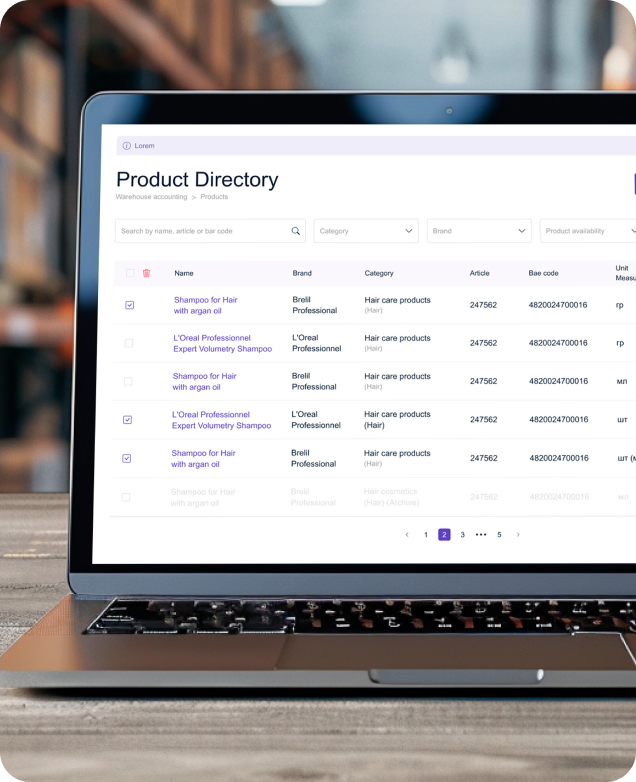

Conclusion
Retail industry KPIs are essential tools for tracking performance, optimizing operations, and achieving business growth. Whether you're focusing on sales growth, inventory management, or customer satisfaction, consistently measuring and analyzing the right KPIs can help you make smarter, data-driven decisions. ME-POS can greatly enhance your ability to monitor these metrics, providing real-time insights and automating reports to streamline your operations.
Even if you haven't read the entire article, understanding the importance of KPIs and leveraging reliable software will give you the power to transform raw data into actionable business strategies. Regularly tracking the right metrics will keep you ahead of potential problems and ensure long-term success in a competitive retail environment.
View more
Related Articles
View more

